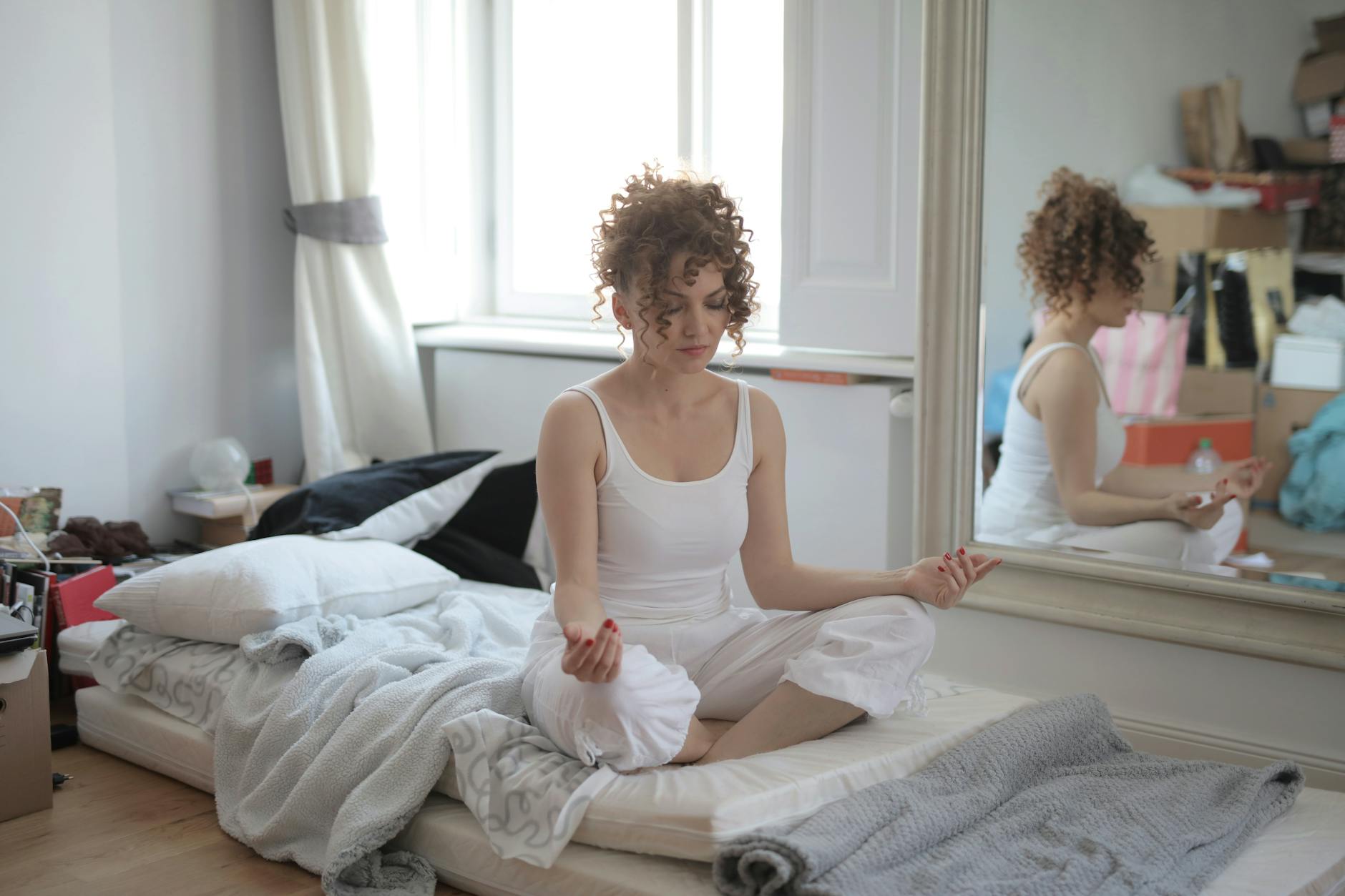Discover the ultimate tips and tricks for saying goodbye to BV blues for good in this comprehensive and informative guide.
Table of Contents
Dealing with bacterial vaginosis (BV) can be frustrating and uncomfortable, but with the right knowledge and treatment, you can find relief and take control of your vaginal health. In this comprehensive guide, we will explore what BV is, common symptoms to look out for, effective treatment options, and lifestyle changes that can help prevent recurring infections. Say goodbye to the BV blues and hello to a healthier you.
What is Bacterial Vaginosis?
Bacterial vaginosis is a common vaginal infection that occurs when there is an imbalance of bacteria in the vagina. Normally, the vagina has a balance of “good” and “bad” bacteria, but when the harmful bacteria outnumber the beneficial bacteria, it can lead to BV. This imbalance can cause symptoms such as unusual vaginal discharge, itching, and a strong fishy odor.
While the exact cause of BV is not always clear, certain factors can increase the risk of developing this condition, such as douching, a new sexual partner, and using scented feminine hygiene products. It’s important to note that BV is not considered a sexually transmitted infection, but it can be triggered by sexual activity.
Common Symptoms of BV
Recognizing the symptoms of BV is crucial in seeking timely treatment and finding relief. Some common symptoms of bacterial vaginosis include:
- Thin, grayish-white vaginal discharge
- Fishy odor, especially after sex
- Itching or burning sensation in the vaginal area
- Increased vaginal discharge
If you experience any of these symptoms, it’s essential to consult with a healthcare provider for an accurate diagnosis and appropriate treatment plan.
Effective Treatment Options
Fortunately, bacterial vaginosis is a treatable condition, and several options are available to help relieve symptoms and restore the balance of bacteria in the vagina. Some common treatment options for BV include:
- Antibiotics: Your healthcare provider may prescribe oral or vaginal antibiotics to target the harmful bacteria causing BV.
- Probiotics: Taking probiotics or using probiotic suppositories can help promote a healthy balance of vaginal flora.
- Home Remedies: Some home remedies, such as boric acid suppositories or vinegar baths, may offer relief from BV symptoms.
It’s essential to follow your healthcare provider’s guidance when taking antibiotics and to complete the full course of treatment, even if symptoms improve before the medication is finished.
Lifestyle Changes for Prevention
Taking steps to prevent BV from recurring is key to maintaining good vaginal health. Incorporating these lifestyle changes into your routine can help reduce the risk of future infections:
| Chapter | Title | Description |
|---|---|---|
| 1 | Understanding BV | Learn about what causes bacterial vaginosis and common symptoms. |
| 2 | Treatment Options | Explore various treatment methods, including antibiotics, probiotics, and natural remedies. |
| 3 | Preventing BV | Discover tips for preventing bacterial vaginosis and maintaining vaginal health. |
| 4 | Healthy Lifestyle Choices | Learn how diet, exercise, and other lifestyle factors can impact BV. |
| 5 | Seeking Professional Help | Understand when to consult a healthcare provider for persistent or recurrent BV. |
- Avoid douching, as it can disrupt the natural balance of bacteria in the vagina.
- Practice safe sex by using condoms and communicating openly with your partner about sexual health.
- Avoid using scented feminine hygiene products or harsh soaps in the vaginal area.
- Wear cotton underwear and avoid tight-fitting clothing to promote airflow and prevent moisture buildup.
By making these simple adjustments to your lifestyle, you can help support a healthy vaginal environment and reduce the likelihood of experiencing recurrent episodes of BV.
Conclusion
Bacterial vaginosis may be a common vaginal infection, but it does not have to disrupt your life or cause ongoing discomfort. By understanding what BV is, recognizing the symptoms, seeking prompt treatment, and making lifestyle changes to prevent future infections, you can take control of your vaginal health and say goodbye to the BV blues for good. Remember to prioritize your well-being and consult with a healthcare provider if you have concerns about bacterial vaginosis or any other vaginal health issues.
FAQ
Question 1: Can BV be passed on to a sexual partner?
Answer 1: BV is not considered a sexually transmitted infection, but sexual activity can trigger an imbalance of bacteria in the vagina that leads to BV.
Question 2: Are there any home remedies for BV?
Answer 2: Yes, some home remedies like boric acid suppositories or vinegar baths may offer relief from BV symptoms, but consult with a healthcare provider before trying them.
Question 3: How can I prevent recurring episodes of BV?
Answer 3: To prevent BV recurrence, avoid douching, practice safe sex, avoid scented products, wear cotton underwear, and maintain good hygiene habits.
Question 4: When should I seek professional help for BV?
Answer 4: If you experience persistent BV symptoms or recurrent infections, consult with a healthcare provider for proper diagnosis, treatment, and guidance on managing the condition.





